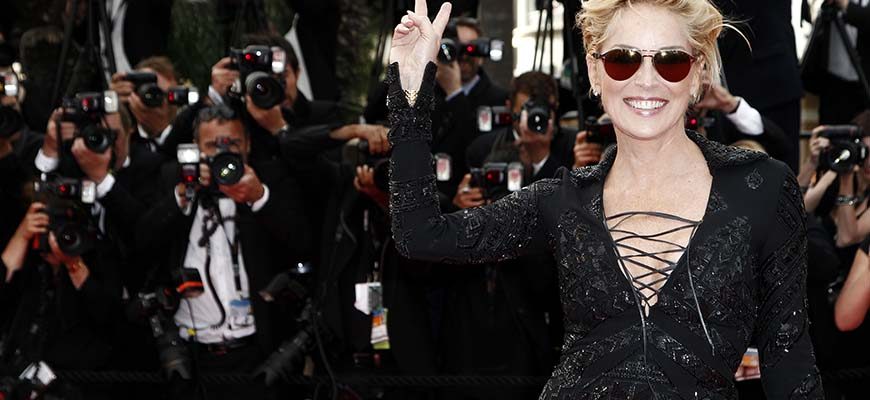A few years ago I met Sharon Stone. Not in Los Angeles, but in the hills of Valdobbiadene, a guest at a golf tournament. The eyes on her were not only male, clearly. It was women who measured every inch of her skin and assessed how much of her face was still original.
I was also struck by the tone of her skin, clear and luminous, a sign of great attention to sun exposure. This anecdote serves as an introduction to the most significant topic related to skin aging: photo-aging, i.e. damage from UV photo exposure.
The best anti-aging creams will never be able to completely recover the damage that a strong solar radiation breaks on the skin, especially in the first years of age, because a good part of the signs that appear after the age of 50 we owe to the carelessness – or whims! – of our childhood. The issue is not only aesthetic, but directly involves our health.
Every year, when we attend the Sun Protection Conference, held at the Royal College of Physicians in London, we receive a clear indication from the greatest experts: make sun protection products that are easy and pleasant to use, to encourage people to make a daily gesture of care that will save many problems in the future.
As Brian Diffey, Professor Emeritus in Dermatological Sciences at Newcastle University in the UK, points out in his preview of his upcoming November lecture, ‘we need to understand whether influencers have had a positive impact in getting people to understand the importance of sunscreen and why some myths still persist today.’
In anticipation of your always brilliant and engaging words, I’d like to outline the world that all of us professionals working in this field would like to build.
A world that values tanning, but at the same time is aware that sunburn is its enemy: by using sunscreen, the tan lasts longer because it is not the result of an inflammatory process! How can we make this concept understood! Marketing women and men, help us!
A world of affordable, safe, easy-to-use and effective products that become daily companions, like a good deodorant or a scented shower gel or… the mythical toothbrush.
A world where people who work outdoors are required to use sunscreen, just as they are required to wear helmets or safety shoes. Our grandparents didn’t go out to work in the fields without hair and long sleeve shirts. Men, using a cream is just as important as shaving…as a “bomber”!
A world where mothers – and fathers – are aware that before the age of six months, babies should not be in contact with direct sunlight and that sun protection education begins with their parents.
A world where athletes always have on hand not only salt or protein supplements but also a tube of protective cream for hands, face and arms. Oxidative stress from UV rays is not good for physical performance!
Finally, one last piece of information that may surprise more than a few: the calculation of protection factors. We often use the highest number, but the protection scale above SPF 20 tends to flatten out. What does this mean? That an SPF 30 blocks 95% of UVB rays and an SPF 50… 97%. The difference is minimal, but the sensory experience definitely changes.
So high protection like SPF 30, applied regularly, and not just during those 15 days at the beach is the guardian angel of our skin’s youth and health. Sharon Stone certainly knows this. And it shows!
Dott. Gianni Baratto is the Director of Scientific Research of Unifarco; he founded Unired, a spin-off of the University of Padua for the study of innovative high-tech cosmetic systems; he is a professor of cosmetology at the University of Ferrara; together with his team he has written more than 50 scientific publications in the cosmetology field; he has personally formulated the products of the dermocosmetics and medical devices brand Ceramol, pioneer in the use of ceramides and cholesterol for the restructuring of the skin barrier; he is the president of Perlapelle, company owner of the brand MyCli.

Dr. Gianni Baratto
Pharmacist and Cosmetologist



